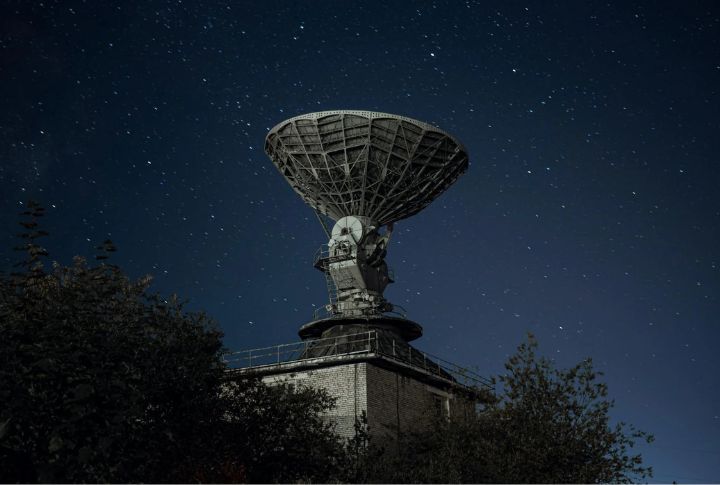
Out in the cosmic abyss, a planet 12 light-years away might have sent us a subtle yet groundbreaking message wrapped in radio waves. Is this a fluke or the first whisper of something extraordinary? Scientists are still decoding the signals.
The Mysterious Call From YZ Ceti B

Astronomers recently detected strange radio signals from the star YZ Ceti, triggered by its rocky exoplanet YZ Ceti b orbiting a red dwarf. Unlike random bursts of cosmic noise, these pulses appear structured, hinting at something more complex. Could they be evidence of a planetary magnetic field—or something more intriguing?
A Blistering World Locked In Place

YZ Ceti b completes an orbit around its star in just two Earth days. It is a breakneck pace that leaves one side perpetually scorched while the other remains frozen in eternal night. The intense stellar radiation makes it an unlikely home for life as we know it—but nature has a way of surprising us.
Magnetic Shields And Alien Survival
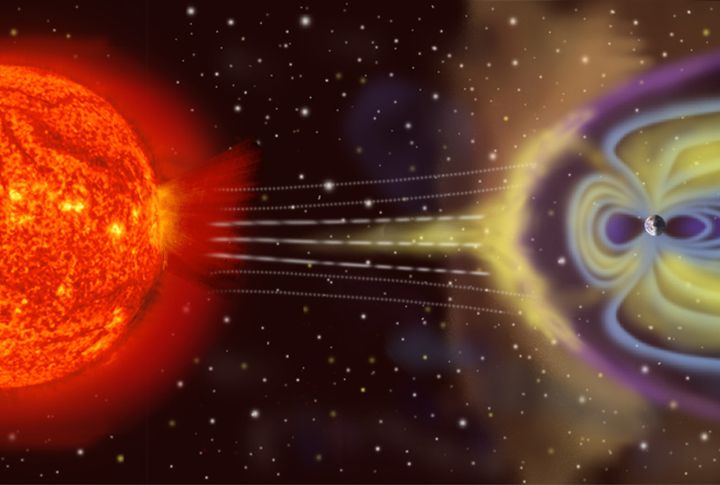
The Earth’s magnetic field protects us from the harmful radiation emitted by the Sun. If YZ Ceti b truly has a magnetic field, it could mean its atmosphere—if it has one—is shielded, too. This discovery could change how we think about planetary habitability.
A Cosmic Power Struggle
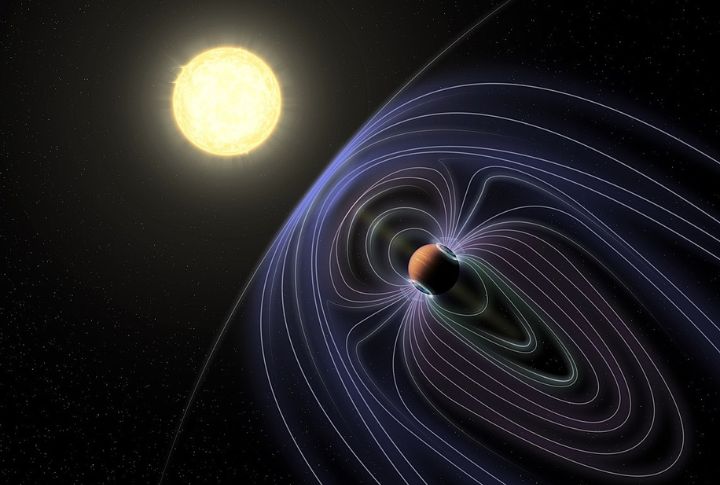
Radio waves erupt when a planet’s magnetic field clashes with its star’s charged particles. Scientists believe this interaction is behind YZ Ceti’s detected signals. If confirmed, it would mark the first time we’ve directly observed an exoplanet’s magnetic field—an essential ingredient for the existence of life beyond our planet.
Red Dwarfs
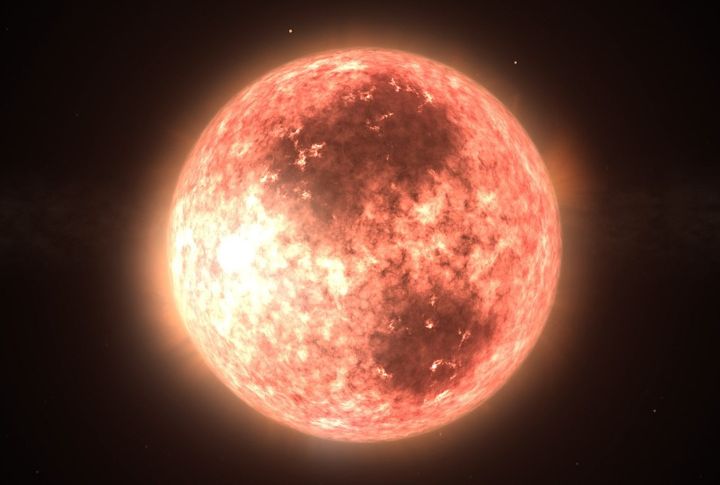
Small but fierce red dwarf stars like YZ Ceti show unpredictable flares by stripping planets of their atmospheres. Yet, if a planet’s magnetic field is strong enough, it could stand its ground. Could YZ Ceti be one such survivor who defies the harsh conditions of its system?
The Power Of Radio Telescopes
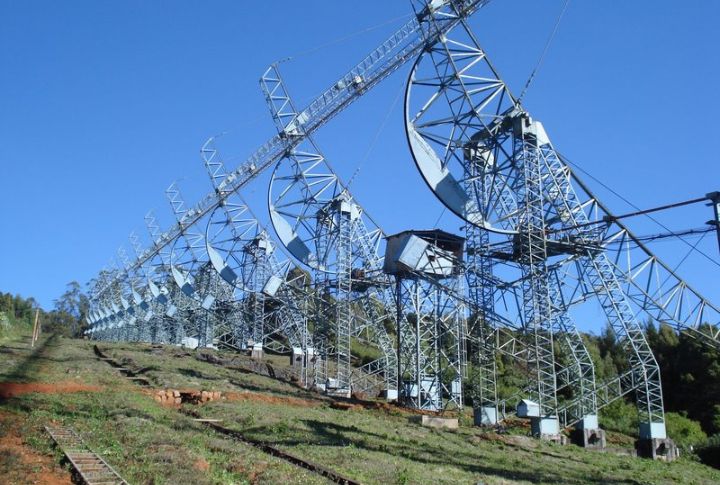
Thanks to innovative radio astronomy, we can now “listen” to exoplanets like never before. Advanced radio telescopes like the Very Large Array (VLA) and future telescopes are revolutionizing the search for alien worlds by detecting the faintest whispers from deep space.
The Next Frontier In Space Exploration

Upcoming missions aim to scan exoplanetary atmospheres in greater detail while radio observations continue to probe magnetic fields. NASA’s James Webb Space Telescope and future space probes may provide direct evidence of atmospheric conditions or biological activity on planets like YZ Ceti b, which complements magnetic field studies.
When Stars And Planets Collide

Magnetic interactions between a star and its planets shape entire solar systems. YZ Ceti’s radio waves give us a rare glimpse into this cosmic dance, helping astronomers understand how planets form, evolve, and possibly support life.
Unlocking The Secrets Of Alien Atmospheres

Detecting a magnetic field is just the first step. Scientists are now eager to determine if YZ Ceti b has an atmosphere and what it’s made of if it does. Gases like oxygen or methane may indicate life-associated processes, bringing us closer to solving the ultimate cosmic mystery.
The Universe’s Greatest Mystery

Radio signals from a distant world. A planet that may shield itself against its violent star. These findings challenge our perceptions of habitability. YZ Ceti b might not host life, but it pushes us closer to answering the question that has haunted humanity for centuries: Are we alone?

